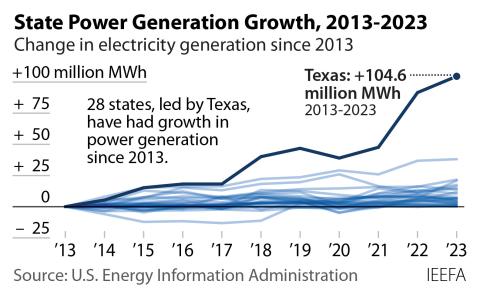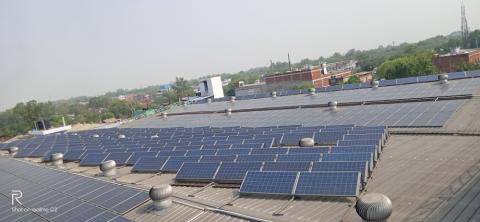You Can’t Say Too Much About India’s Ambitious Solar Plan
India’s decision to allow U.S. dollar-based investment in solar energy could well be a game-changer for global energy markets and investors alike.
Michael West, a business columnist for the Sydney Morning Herald, noted very astutely earlier this month that Indian Energy Minister Piyush Goyal “has shown vision and flair” in promoting the new policy.
West comes at it of course from an Australian perspective, which is colored by the controversial Galilee Basin mine, the pie-in-the-sky proposal by Adani Group to turn northern Queensland into one of the world’s biggest coal mines. The Adani vision imagines someday exporting massive amounts of lower quality Australian thermal coal to India. The reality is that India will probably never need that coal, much to the disappointment of Australia’s coal-development proponents, and that there will be little commercially viable market for it anywhere.
But this is about more than Australia.
THE POTENTIAL FOR 100 GIGAWATTS OF RENEWABLE ENERGY
If India embraces solar to the extent that Goyal proposes—and there’s no reason to believe it won’t—we don’t have to look any further than this extremely ambitious new target for India to install 100 gigawatts (GW) of affordable solar-supplied electricity by 2022.
That is an astonishing amount of energy — particularly in the context that India’s total installed solar base to-date is just over 3 gigawatts — and is enough to supply millions of households across India, where electricity consumption is modest by western standards. The benefits will be numerous, and one result will be less demand for seaborne coal (hence why the Adani project is so ill-advised).
One of the key constraints to India’s proposed solar transformation is access to affordably priced debt finance. Given the debacle that is the current financial state of the Indian electricity sector, there are severe limitations to debt capacity in the Indian financial system for more loans to the non-performing power generation sector.
Goyal’s plan is to overcome this limitation by pricing solar power purchase agreements in U.S.-dollar terms, allowing solar project developers to access the significantly larger debt market globally that currently has an insatiable appetite for U.S.-dollar denominated, longer duration debt. Goyal will then centrally pool the currency hedging costs, and price this into the cost of the fully hedged rupiah-denominated electricity rates offered to power utilities.
AN ELEGANT SOLUTION TO A LONGSTANDING PROBLEM
It’s a simple, but if implemented effectively, could be absolutely transformational, giving solar another leg up in terms of cost competitiveness without subsidies.
This couples with IEEFA’s forecast for an annual 5 percent to 10 percent reduction in the total installed cost of solar over the next five to 10 years. Combined, this will allow solar to increasingly deliver India’s much-needed expanded electricity supply absent the externalities of coal-fired power generation.
This elegant solution for delivering cost-effective renewable energy leverages India’s need for significant domestic investment, creating jobs, lowering current account deficit pressures and energy system diversity. It will also provide a pathway to the global climate summit this fall in Paris, helping accommodate the need by China and the U.S to see India provide a more comprehensive commitment to address climate change over the long term.
Tim Buckley is IEEFA’s Director of Energy Finance Studies, Australasia













